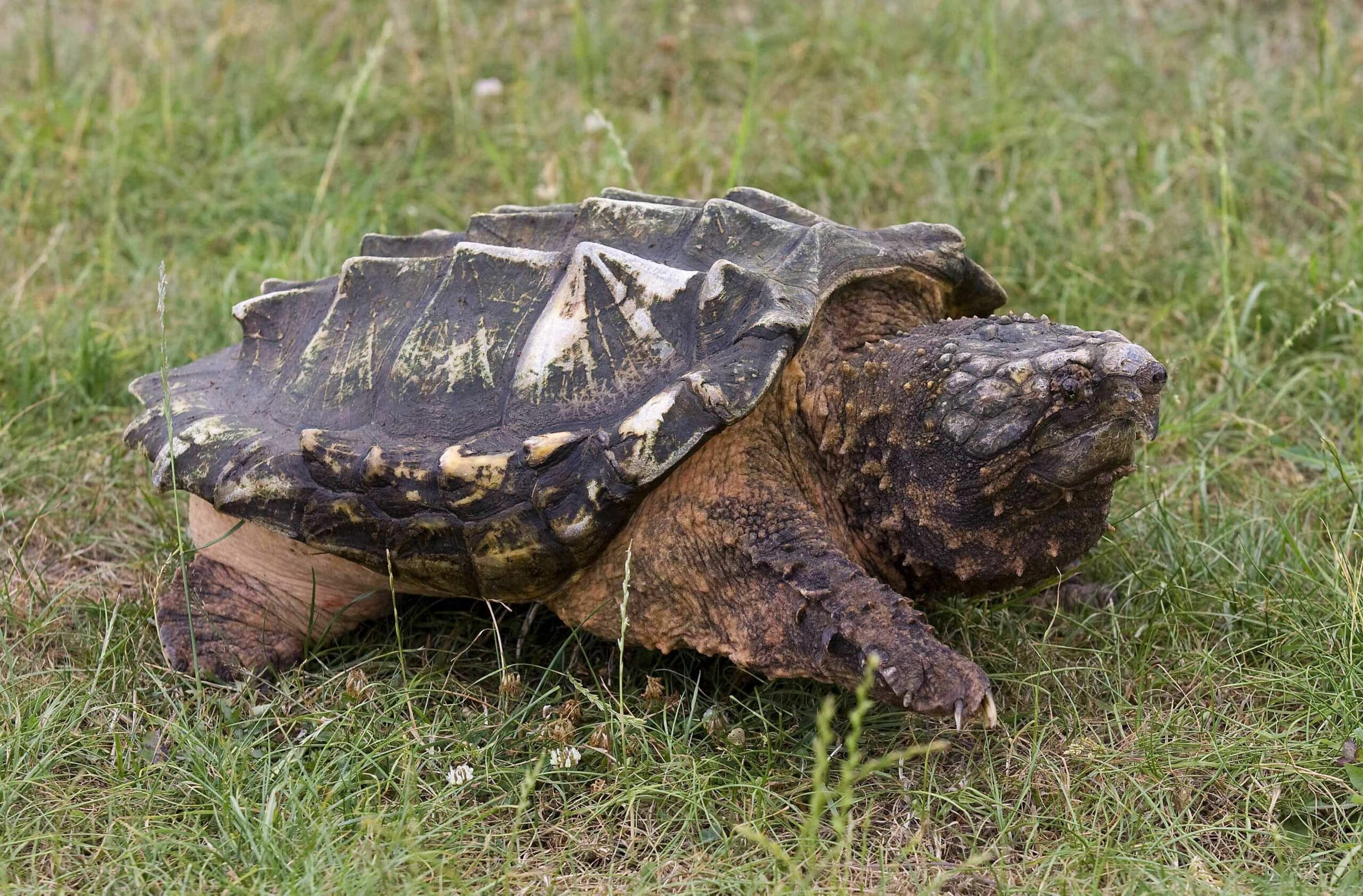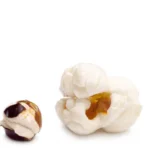Dive into the World of Snapping Turtles: An Image-Rich Exploration
Get ready to be blown away by snapping turtles! This gallery showcases the beauty and variety of these unique reptiles. Whether you’re a turtle enthusiast, a photography aficionado, or simply curious about these amazing creatures, prepare to be amazed.
Where to Find Awesome Snapping Turtle Pictures
Looking for stunning shots of snapping turtles in their element – swimming, basking, maybe even sneaking a snack? Here are a few places to start your search:
Getty Images: For top-notch, professional-grade pictures, Getty Images boasts a massive collection of snapping turtle photos showcasing diverse species and their behaviors in the wild.
iStock: iStock offers a vast selection of snapping turtle pictures with advanced search options, allowing you to find images of specific species, environments, or actions.
Pixabay: Need stunning imagery without breaking the bank? Pixabay offers a treasure trove of free snapping turtle pictures for personal and commercial use, all without licensing fees.
Unveiling the Hidden World of Snapping Turtles Through Pictures
Pictures provide a window into the captivating lives of these ancient reptiles. Here’s what you might discover:
From Tiny Turtles to Mighty Snappers: Witness the incredible transformation of snapping turtles from adorable hatchlings to impressive adults.
Home Sweet Habitat: Pictures can transport you to lush wetlands, sparkling rivers, and sunny basking spots, giving a glimpse into the snapping turtle’s natural environment.
Protecting Our Shell-ebrities: By sharing these pictures, we can raise awareness about the importance of protecting snapping turtles and their fragile habitats.
Snapping Turtle Surprises: Digging Deeper
Get ready for some shell-shocking revelations about these fascinating creatures:
Snapping Turtles Across the Map: Did you know snapping turtles can look different depending on their geographic location? Picture searching can reveal the unique colors and patterns of various subspecies.
Busting Myths, One Shell at a Time: Contrary to popular belief, snapping turtles are not inherently aggressive. Pictures can help dispel these misconceptions and showcase their shy and gentle nature.
Share Your Snaps! Have you captured amazing snapping turtle pictures? Share your photos to connect with fellow nature lovers and spread appreciation for these incredible reptiles.
How to Identify a Snapping Turtle: Outperforming Your Competitors
Spotting a snapping turtle in the wild can be thrilling, but how can you be sure it’s actually one? Here’s your guide to identifying these prehistoric-looking reptiles:
Forget the Shell, Check the Bite
Unlike their more timid relatives, snapping turtles can’t fully retract into their shells. Their most defining feature? A powerful, hooked beak built for grabbing and crushing prey.
Two Types, One Big Bite: Common vs. Alligator Snapping Turtles
While all snapping turtles share that impressive beak, there are key differences between the two most common types:
Common Snapping Turtle (Chelydra serpentina):
- Shell: Dark brown to black, rough and bumpy, sometimes smoother with age.
- Head & Neck: Large, triangular head with a rounded beak and a long, flexible neck.
- Tail: Long and saw-toothed, almost as long as the shell itself.
- Size: Averages 8-14 inches, but can reach up to 19 inches.
- Range: Found throughout eastern and central North America, with some populations in the Northwest.
Alligator Snapping Turtle (Macrochelys temminckii):
- Shell: Dark brown to black, with three prominent ridges (keels) down the back, incredibly rough texture.
- Head & Neck: Massive head with a hooked beak, a “worm-like” lure on the tongue for attracting prey, and even eyelashes!
- Size: Significantly larger, reaching up to 30 inches and weighing over 200 pounds.
- Range: Limited to the southeastern United States, mainly in slow-moving rivers and swamps.
Distinguishing Features at a Glance:
| Feature | Common Snapping Turtle | Alligator Snapping Turtle |
|---|---|---|
| Shell Texture | Rough, bumpy (smoother with age) | Very rough, with prominent keels |
| Beak | Rounded | Hooked |
| “Worm” Lure | Absent | Present |
| Eyelashes | Absent | Present |
| Average Size | 8-14 inches | Up to 30 inches |
| Geographic Range | Widespread in eastern & central North America | Southeastern United States |
Camouflaged Predators: Stay Alert
Snapping turtles are masters of disguise. They often bury themselves in mud, leaving only their heads exposed. Always be cautious when wading in their habitat.
Safety First, Respect Always
Never handle snapping turtles in the wild. Their bites are incredibly powerful. If you want a closer look, grab some binoculars or a camera with a good zoom lens. Remember to respect their homes by avoiding their basking areas or nesting sites. For more information on these fascinating creatures, check out this picture of a copperhead snake or explore the architectural marvels of the Great Pyramid of Khufu.
Snapping Turtle Bites: How Much Damage Can They REALLY Do?
Snapping turtles evoke a sense of primal fear, largely due to their reputation for powerful bites. But just how bad is a snapping turtle bite?
The Pain is Real
Even baby snapping turtles can deliver a “painfully hard” bite. Adult snapping turtles, with their robust jaw muscles, are masters of biting really, really hard. Imagine a vice clamping down with incredible force—that’s a close approximation of the sensation.
Beyond the Pain: Understanding Bite Severity
Snapping turtle bites aren’t just painful; they can cause serious injuries, including:
- Deep lacerations: Their sharp, beak-like mouths are designed to tear through flesh.
- Bone fractures: Larger turtles, especially alligator snappers, can generate enough force to break bones.
- Amputations: In extreme cases, bites to fingers and toes can result in amputation, particularly with alligator snapping turtles.
Infection: A Hidden Risk
Snapping turtle mouths are teeming with bacteria that can cause serious infections. Additionally, they often carry Salmonella, posing another health risk.
Bite Force: Size Matters
The force of a snapping turtle’s bite is directly proportional to its size. Larger turtles deliver much more powerful bites. While concrete data on bite force in PSI (pounds per square inch) for snapping turtles is limited, it’s safe to say that a bite from an adult alligator snapper far exceeds that of a common snapping turtle, potentially reaching hundreds of pounds of pressure.
Debunking the Myths: They’re Defensive, Not Aggressive
Snapping turtles often get a bad rap, but they’re not out to attack humans. Bites typically only occur when they feel threatened or are provoked. They’d much rather retreat than engage in a confrontation.
Staying Safe Around Snapping Turtles
- Never Handle Them: Leave handling to wildlife professionals. If you must move one, use extreme caution and appropriate techniques.
- Swimming Safety: Be aware of their presence in ponds and lakes. Avoid approaching or touching them.
What to Do if Bitten: Act Fast!
If you’re bitten by a snapping turtle, seek medical attention immediately, even if the bite seems minor. Control bleeding by applying pressure to the wound and thoroughly clean the area with soap and water. Prompt medical care can prevent infection and ensure proper treatment.
Friend or Foe? The Truth About Snapping Turtles and Their Role in the Ecosystem
Snapping turtles, with their prehistoric appearance and powerful jaws, often inspire fear and misunderstanding. Are they villains of the deep or misunderstood heroes?
More Than Meets the Eye: Snapping Turtles as Ecosystem Engineers
While their bites demand respect, snapping turtles are far more than just biting machines. They play a vital role in maintaining healthy aquatic ecosystems:
- Apex Predators: As top predators, they keep populations of fish, amphibians, and invertebrates in check, preventing any one species from dominating and disrupting the balance.
- Nature’s Clean-up Crew: These omnivorous eaters will consume dead animals (carrion), helping to break down organic matter and maintain water quality.
- Part of the Food Web: While they may be at the top in adulthood, snapping turtle eggs and hatchlings serve as food for a variety of animals, contributing to a complex web of life.
The Misunderstood Snapper: Challenging Perceptions
Misinformation and fear often lead to the unnecessary killing of snapping turtles, negatively impacting their populations. It’s time to challenge some common myths:
Myth: Snapping turtles are aggressive and will chase people.
- Reality: They are primarily defensive and prefer to retreat when threatened, especially in water. Bites typically occur when they’re cornered or handled.
Myth: Snapping turtles are dangerous pests that should be removed from ponds and lakes.
- Reality: They are indicators of a healthy ecosystem. Their presence helps control other populations and contributes to biodiversity.
Coexisting Peacefully: Respect is Key
- Observe from a Distance: Appreciate their beauty and behavior from afar, using binoculars or a camera with a zoom lens.
- Hands Off: Never handle snapping turtles in the wild.
- Protect Their Homes: Support efforts to preserve wetlands, reduce pollution, and prevent habitat destruction.
Snapping Turtles: A Conservation Concern
Sadly, snapping turtle populations face increasing threats:
- Habitat Loss: Development, pollution, and the draining of wetlands are shrinking their homes.
- Illegal Pet Trade: Snapping turtles are often collected illegally for the pet trade, which is detrimental to wild populations.
Changing the Narrative: Appreciation Over Fear
By understanding the ecological importance of snapping turtles and dispelling harmful myths, we can foster a sense of appreciation for these ancient reptiles, ensuring their survival for generations to come.
- China II Review: Delicious Food & Speedy Service - April 17, 2025
- Understand Virginia’s Flag: History & Debate - April 17, 2025
- Explore Long Island’s Map: Unique Regions & Insights - April 17, 2025

















1 thought on “Unleash the Snapping Turtle’s Charm: A Stunning Gallery of Pictures”
Comments are closed.